
When storm ‘Gabriel’ hit the Weddell Sea
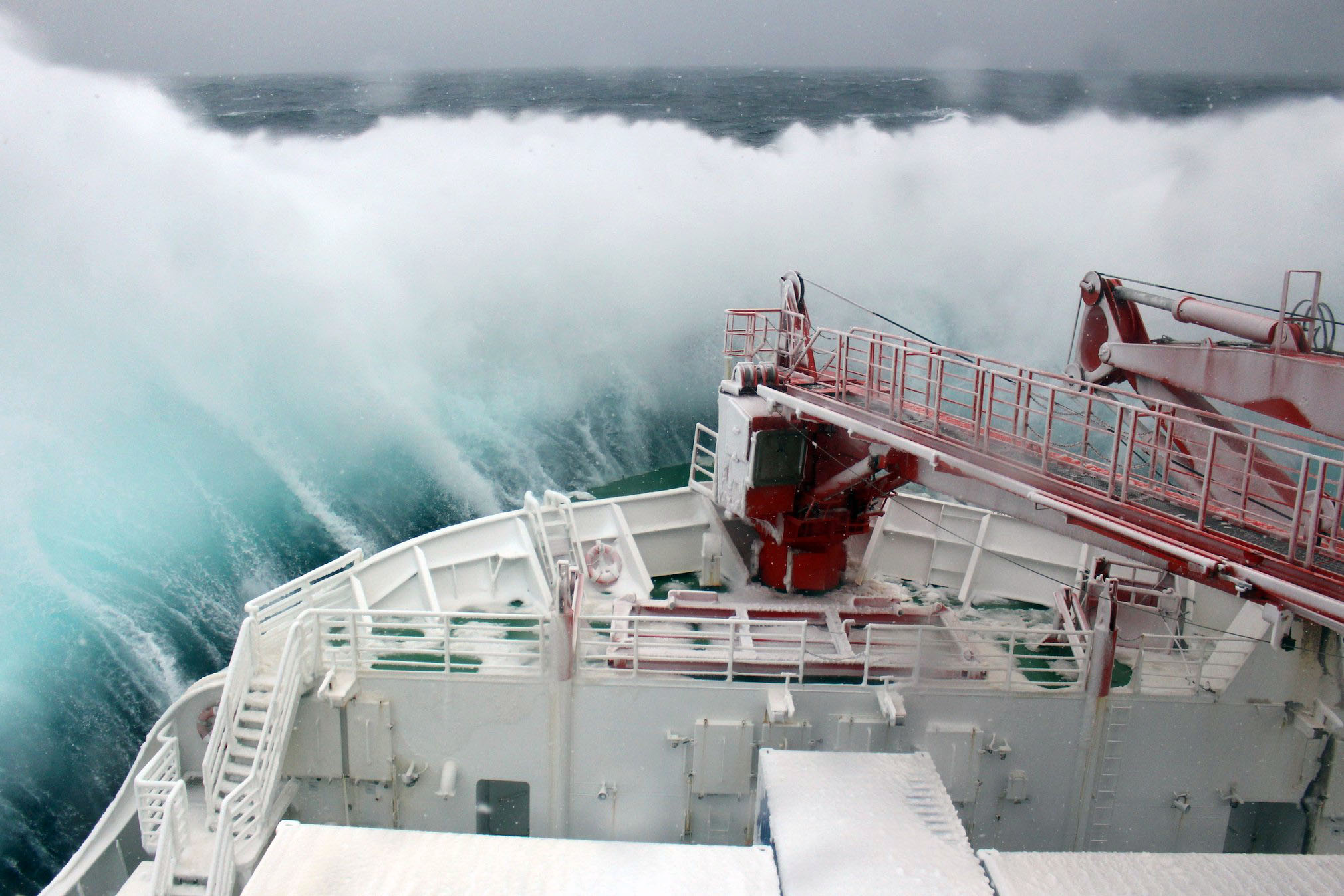
During a polar expedition like the one we are on, plans are often subject to change. Even the best thought-out research projects can be thrown into disarray by external factors like the weather. In the Southern Ocean, changes can occur rapidly; our plans have been foiled repeatedly as we confront one meteorological low-pressure zone after the next.
On board the Polarstern icebreaker, our meteorologist names the various low-pressure zones we encounter after the people on the ship, much to everyone’s amusement. My namesake turned out to be one of the strongest storms so far: “Gabriel” had wind speeds of up to 150 km/h, and in the open sea waves may well have reached heights of 14 metres and above. The storm was recorded as 12 on the Beaufort wind scale – hurricane force.
2MB field notes from Antarctica
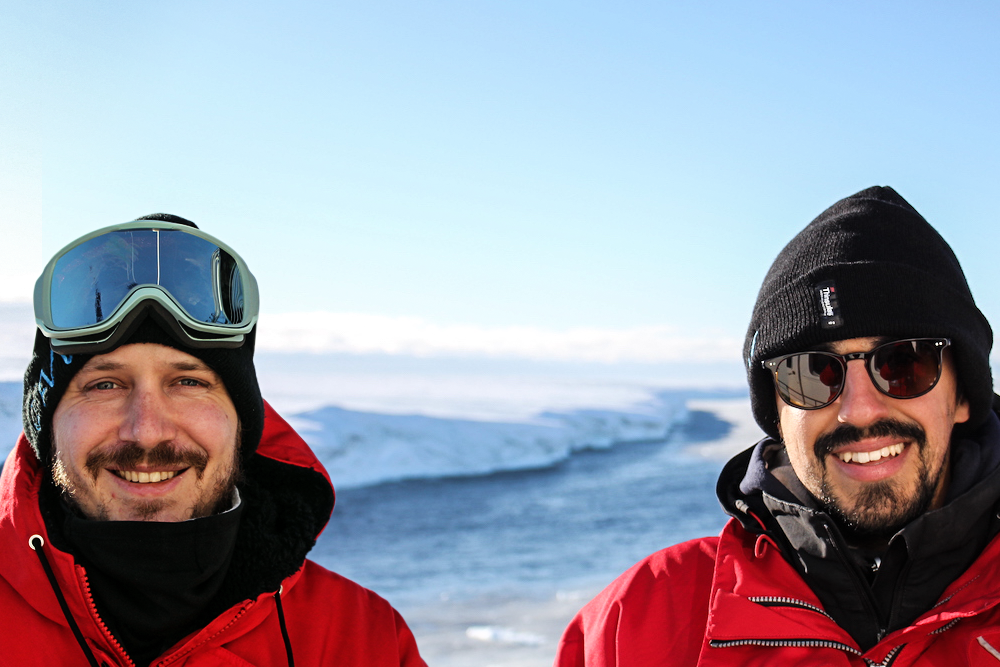
Just 2MB a day?! That’s the data limit for the authors of our polar blog. This spring, Gabriel Erni Cassola (right) and Kevin Leuenberger (left) from the University of Basel are on board the German icebreaker “Polarstern” in the Southern Ocean. The researchers want to find out how animals and bacteria in the Antarctic are affected by microplastics. In this blog series they give us insight into their work and life on board a polar expedition.
Suffice to say that in such weather conditions, steaming between research stations would have been rather difficult, let alone doing any work on deck or in a laboratory. The best option was therefore to find a secluded spot and wait out the storm, a nautical practice known as “weathering”.
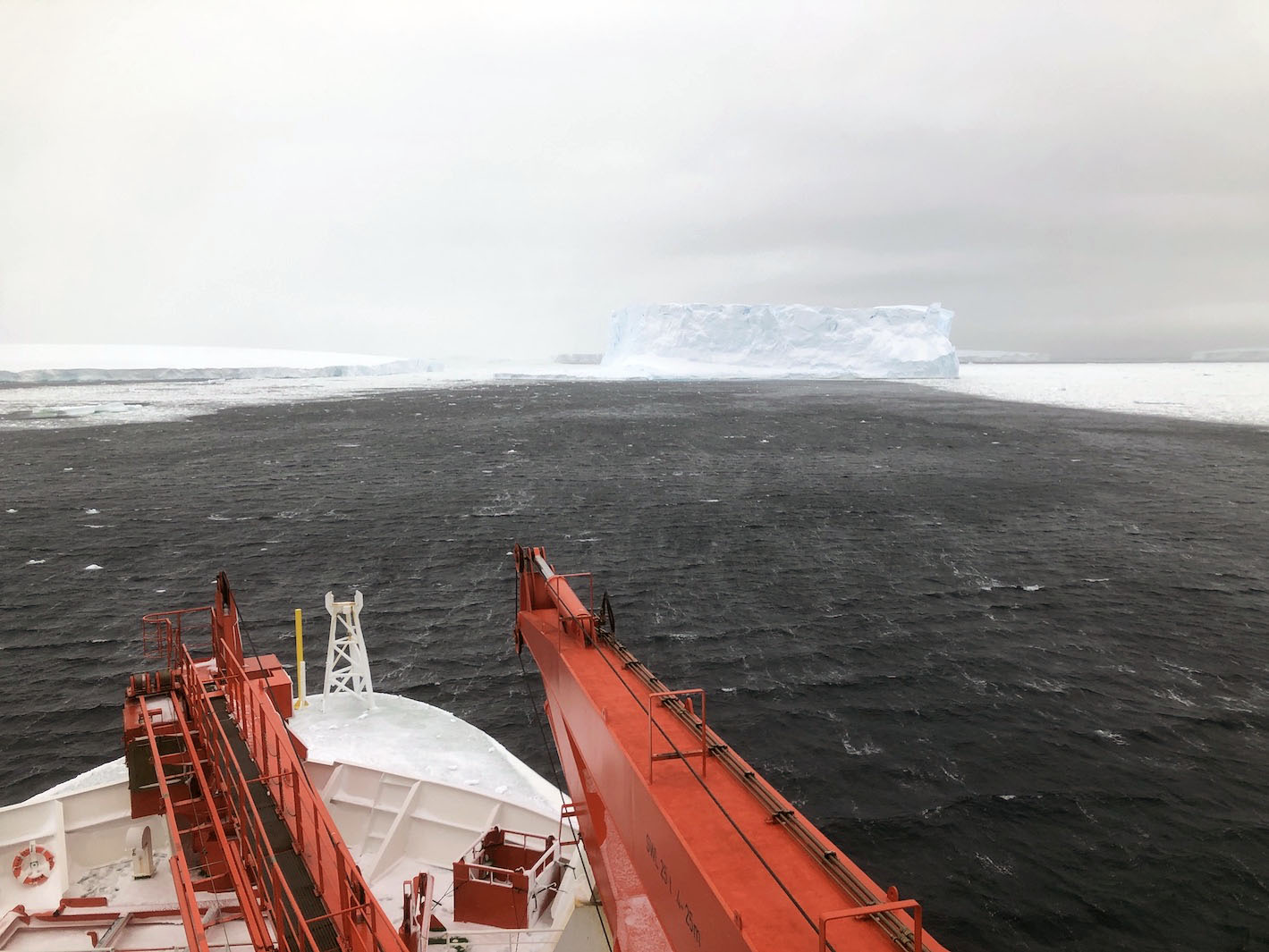
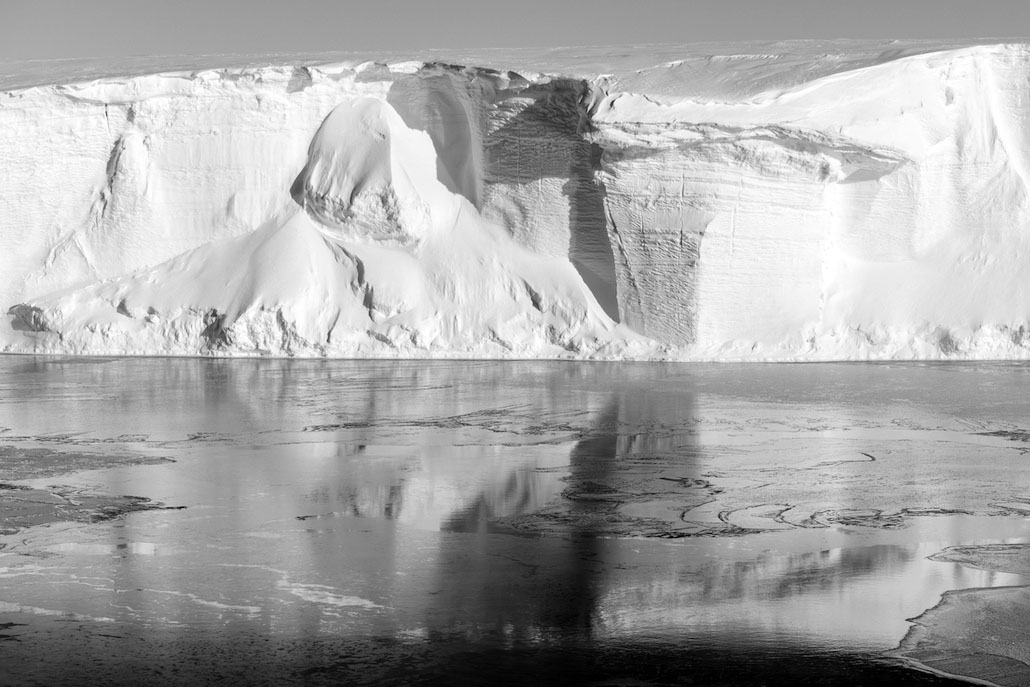
During the “Gabriel” storm we spent about two days hiding behind a massive 70-metre-high iceberg. During this time, the ship had to run on all four engines just to stay on the spot. Time is of the essence, however, and while sampling plans can be rearranged, the end date of the expedition cannot be moved, and in the worst case, this means skipping entire stations to compensate for the lost hours. Unfortunately, this also means that some researchers might not get all the data that they are hoping for.
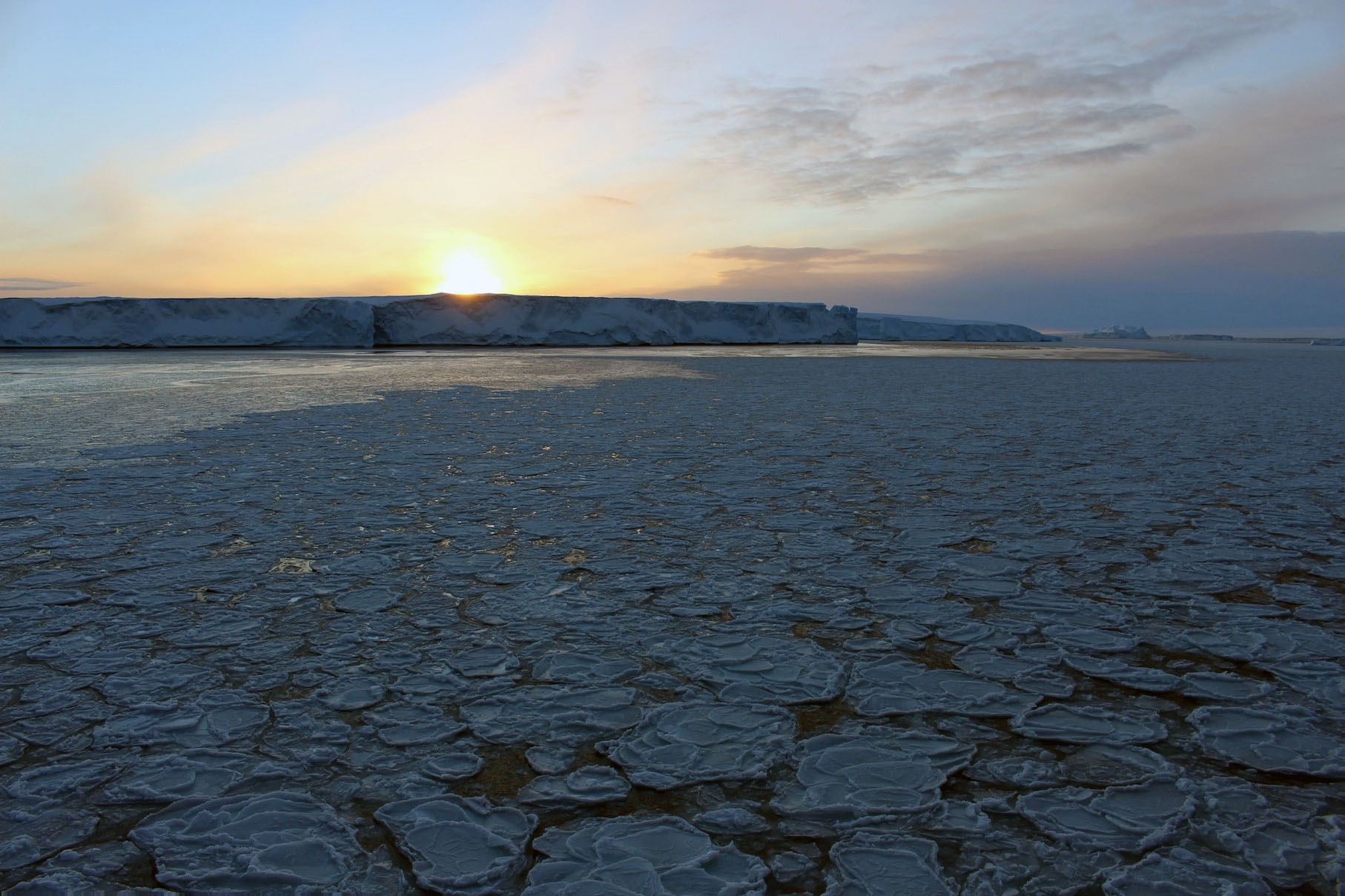
Besides the storms and our work, there is enough time to marvel at the incredible environment: scenic sunrises, icebergs, ice shelves the size of multistorey buildings and sea ice that looks different every day. And there is of course the unique and beautiful Antarctic fauna. Through research done with an Ocean Floor Observation and Bathymetry System (OFOBS) [a towed camera/sonar system for deep-sea habitat surveys] we witnessed live the extreme diversity of the creatures on the sea floor; these include sponges, corals, bryozoans, fish and octopuses, as well as sea stars, sea cucumbers and many more. Easier to see, and no less impressive are the many animals that are much more visible, such as the various birds and mammals that call this place home.
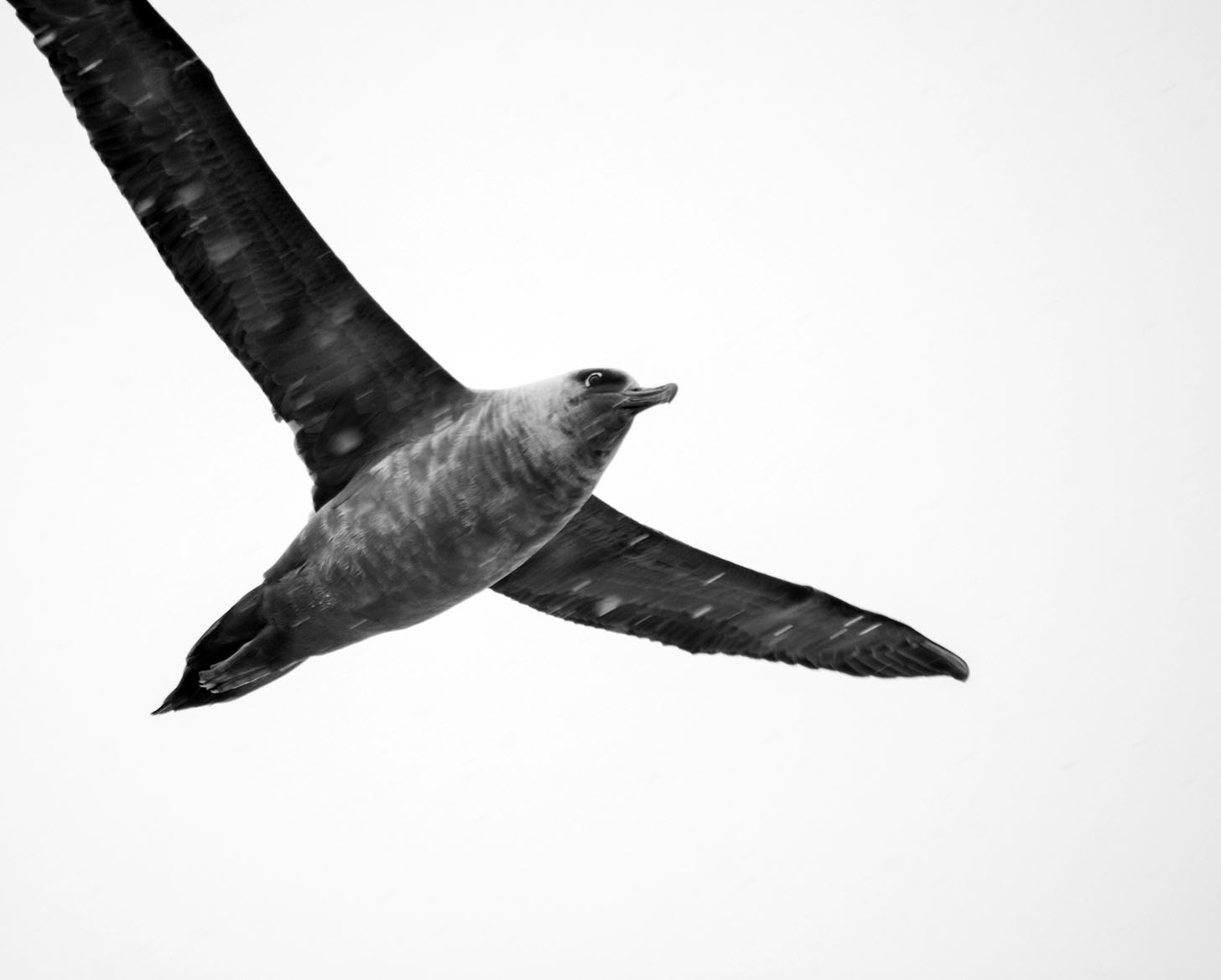
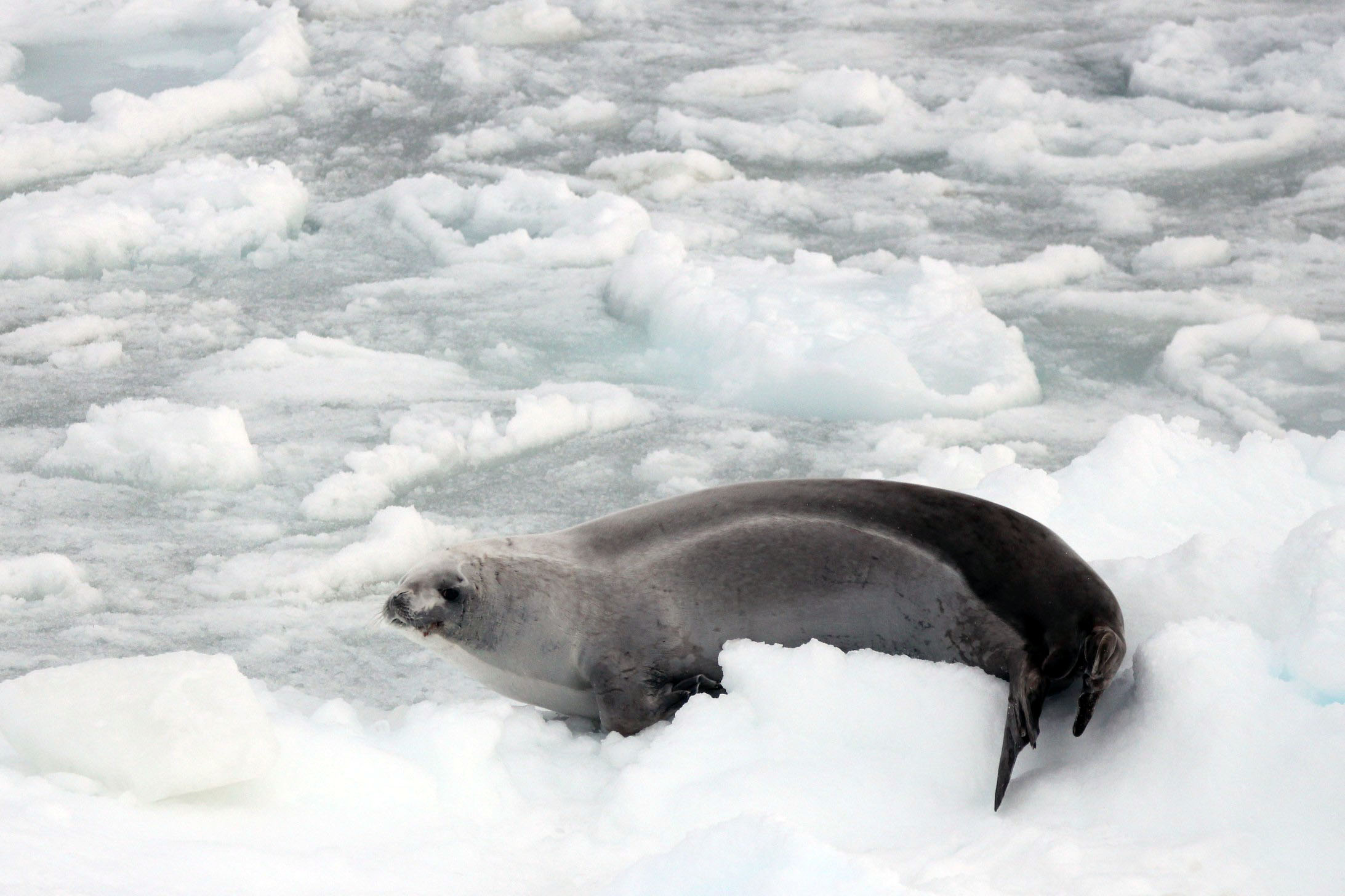

While still on our trajectory south, southern right whales and humpback whales were regular visitors to our ship; they would often approach the vessel while it was stationary. These majestic creatures make every encounter an unforgettable experience. Once we were closer to the continent, and the sea surface was regularly covered in sea ice, minke whales, seals and penguins became frequent sights. Minke whales travel far into regions covered by dense sea ice and can be seen when they surface in open water to breathe. The seals drift by on ice floats and generally don’t seem particularly impressed by the approaching ship – they often look like they are asleep.

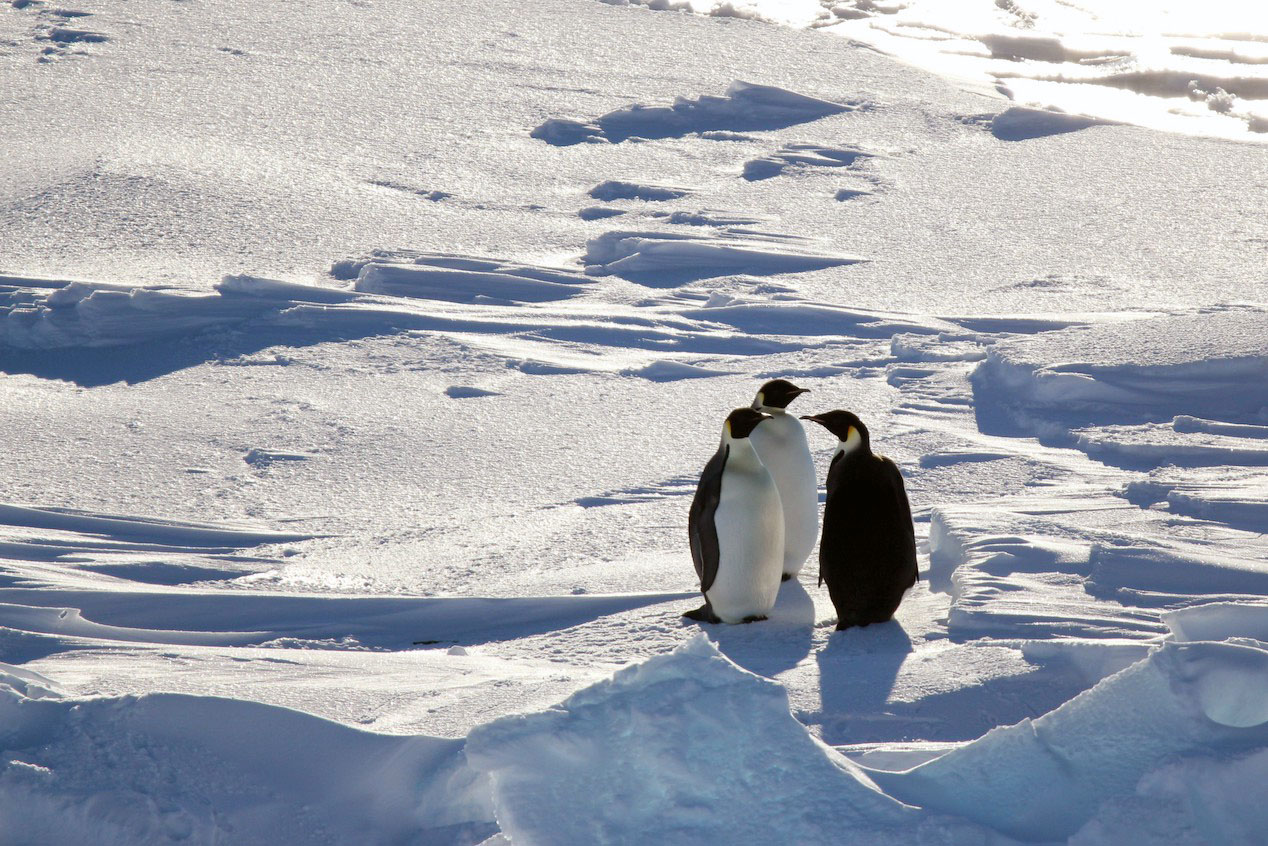
The most adorable creatures, however, are the many Adélie penguins that crossed our path. We found them resting on the ice in groups of about 15, and, unlike the seals, they seem to pay attention to the ship. First, they look around, perhaps trying to understand what this approaching giant is. Eventually, a few of them start to run away. Then suddenly the whole group flees. But penguins aren’t good runners. Seeing them waddle away made us laugh, but also wonder why they do not jump into the water where they would be much more agile. It’s certainly an enormous privilege to be able to work in an environment such as this.
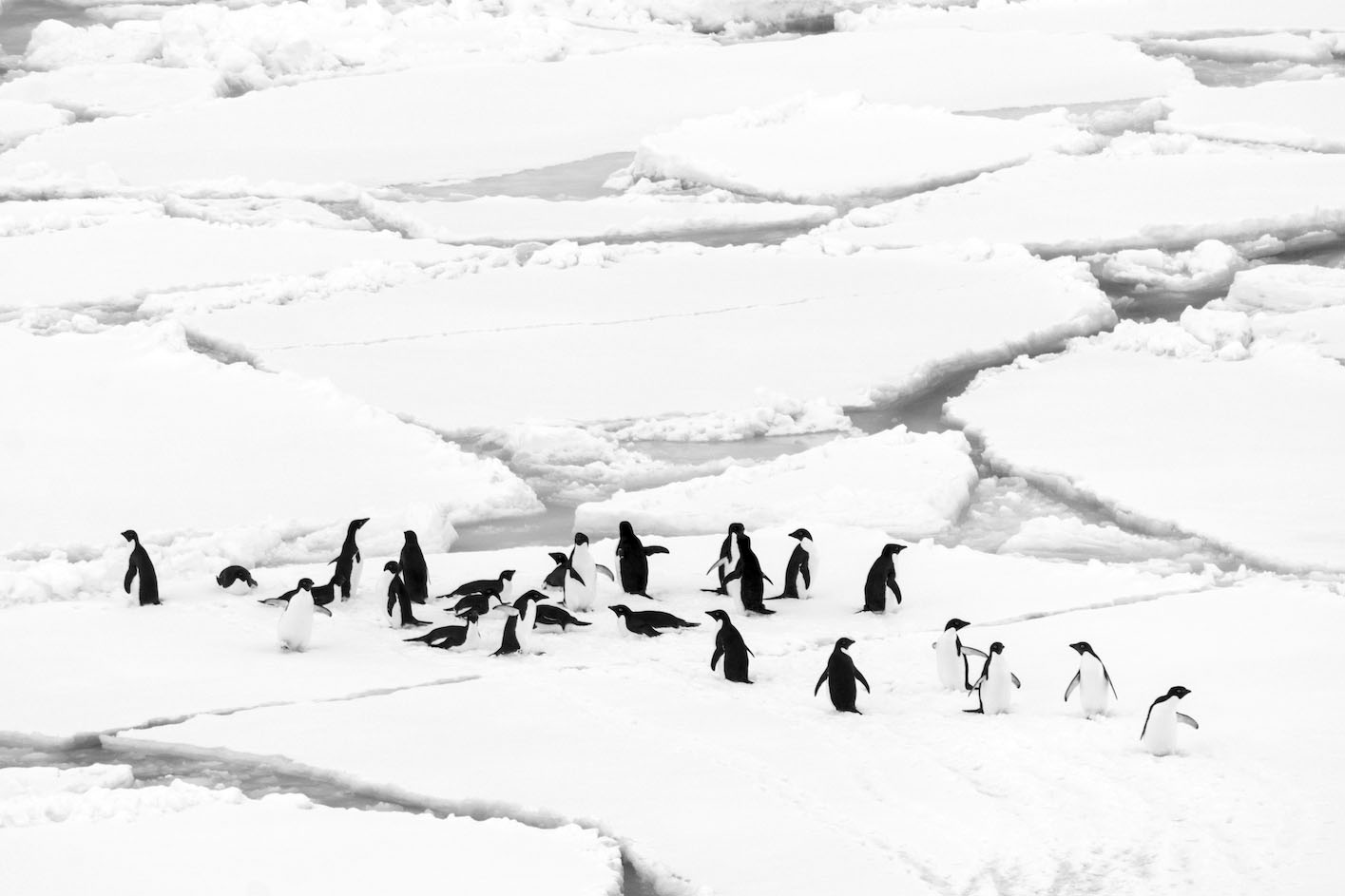
Scroll down to read earlier entries from Gabriel and Kevin. To receive future editions of this blog in your inbox, sign up for our science newsletter by putting your e-mail address in the field below.
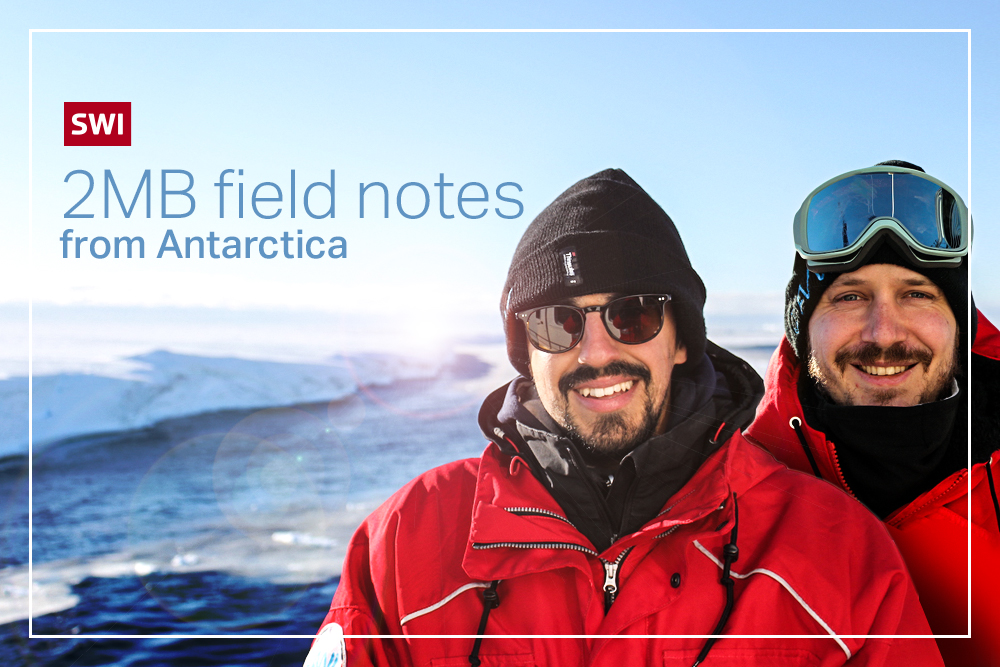
More
2MB field notes from Antarctica
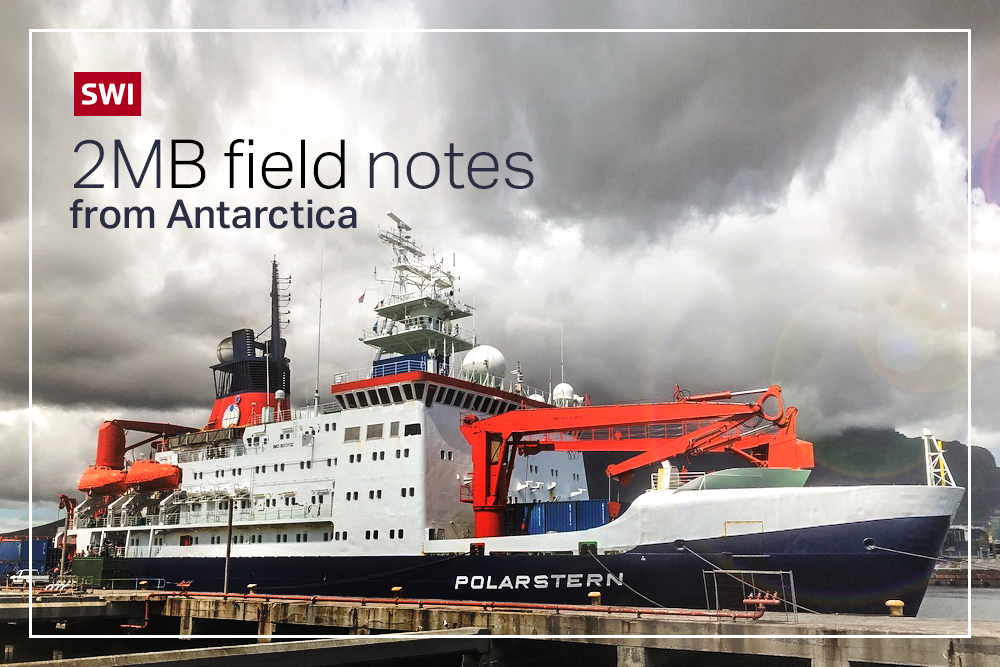
More
Why are we looking at plastic pollution in the Antarctic?
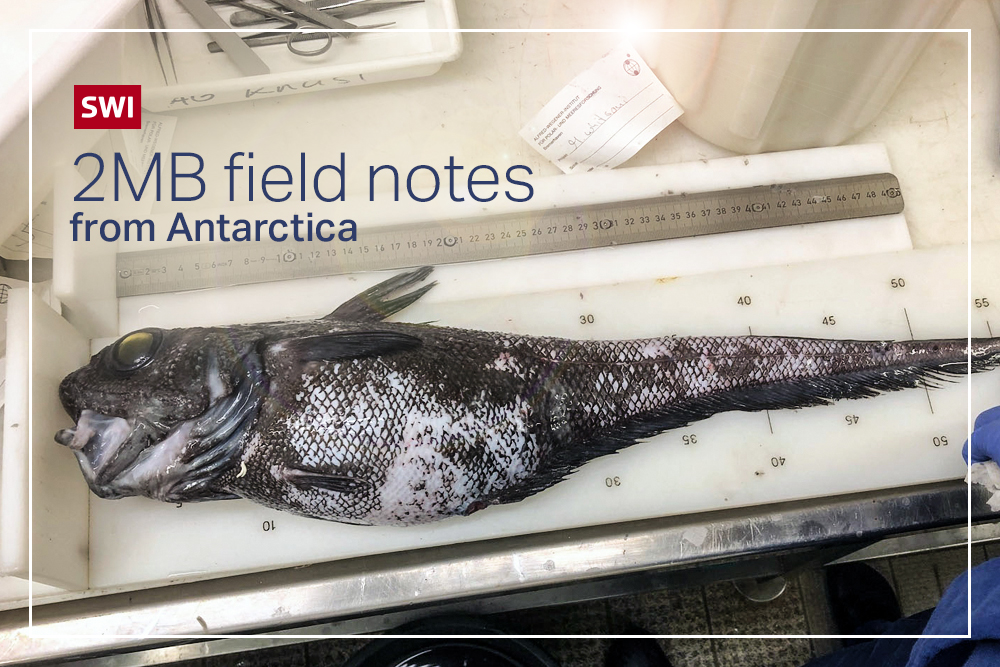
More
Is plastic on the menu of Antarctic fish?

In compliance with the JTI standards
More: SWI swissinfo.ch certified by the Journalism Trust Initiative





























You can find an overview of ongoing debates with our journalists here . Please join us!
If you want to start a conversation about a topic raised in this article or want to report factual errors, email us at english@swissinfo.ch.